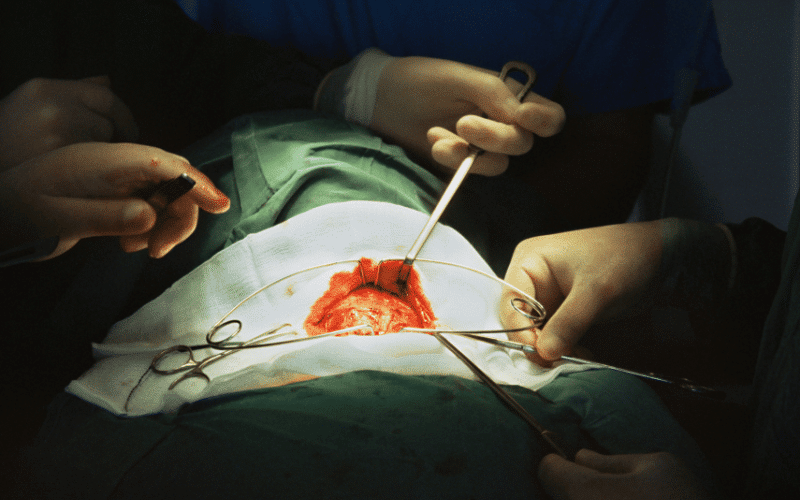Introduction: Unfolding the Human Body’s Intricate Machinery

Let’s take a moment to appreciate the intricacies of the human body, a sophisticated machinery that has astounded and intrigued medical professionals for centuries. Within this elaborate system, we find the thyroid gland, a vital component that plays a crucial role in various body functions.
Situated in the neck, just in front of the windpipe, the thyroid gland might be small, but its influence on the body’s overall health is profound. Shaped like a butterfly, it releases three primary hormones—Triiodothyronine (T3), Thyroxine (T4), and Calcitonin. These hormones are instrumental in regulating the body’s metabolism, growth, and development.
However, the thyroid gland is not immune to disorders. When it either overworks or underperforms, it can lead to a range of health complications. Sometimes, to restore the body’s normal function, medical professionals might resort to a procedure called partial thyroidectomy. This article focuses on important facts about this critical surgical procedure and offers insights to anyone seeking information about the same.
The term “partial thyroidectomy” can stir anxiety among many. Simply put, it involves the surgical removal of a portion of the thyroid gland. While it might sound daunting, understanding the reasons behind this surgical intervention can provide clarity and ease apprehensions.
Fact 1. Indications for Partial Thyroidectomy: Unraveling the Reasons

The need for a partial thyroidectomy isn’t random. Specific signs and symptoms point towards this surgical intervention. As you embark on this journey of understanding, it’s essential to recognize the medical reasons that make partial thyroidectomy a preferred option.
The first indication for partial thyroidectomy is hyperthyroidism, a condition characterized by an overactive thyroid gland. When the gland works in overdrive, it leads to an overproduction of thyroid hormones—T3 and T4. This hormonal imbalance manifests as multiple symptoms, including rapid heart rate, anxiety, weight loss, and excessive sweating.
Hyperthyroidism can affect individuals of all age groups, but it’s more common among women and people over 60. When medications or radioactive iodine treatment fail to bring these disruptive symptoms under control, partial thyroidectomy becomes a viable treatment option.
The procedure aims to remove a portion of the thyroid gland, decreasing hormone production to a manageable level. Post-surgery, the remaining thyroid gland can often produce enough hormones to maintain the body’s normal metabolic rate. In some cases, patients may need to take thyroid hormone replacement drugs to strike the right balance.
The second factor leading to partial thyroidectomy is the presence of thyroid nodules. These small lumps or growths that form within the thyroid gland are often benign, but their mere presence can lead to various physical discomforts.
Thyroid nodules are common and usually non-cancerous, but their size matters. When they grow large enough to cause difficulty in swallowing or breathing, it becomes necessary to intervene surgically. In other instances, if the nodules begin producing excess thyroid hormones, they can cause hyperthyroidism, which again necessitates a partial thyroidectomy.
This surgical intervention helps remove the problematic nodule while preserving as much of the healthy thyroid gland as possible. The goal is to allow the remaining thyroid tissue to function normally and maintain the body’s metabolism without causing hormonal imbalance.
The last, and perhaps the most dreaded, indication for partial thyroidectomy is the suspicion of thyroid cancer. When a biopsy raises red flags or is inconclusive, a partial thyroidectomy is often performed to obtain a larger tissue sample for a more comprehensive examination.
Following the removal of a portion of the thyroid gland, the sample is meticulously examined to confirm or rule out the presence of cancer cells. If cancer is confirmed, further treatment, including total thyroidectomy, radiation therapy, or chemotherapy, may be necessary depending on the type and stage of thyroid cancer.(1)